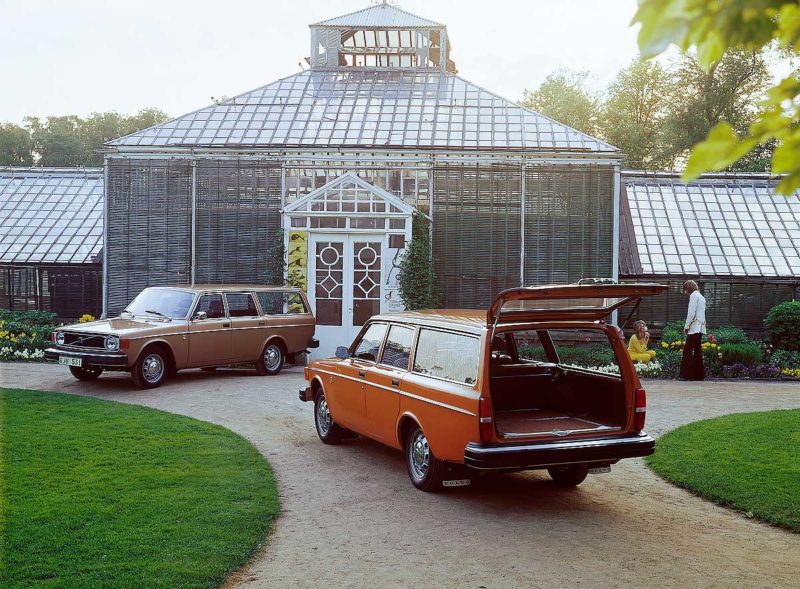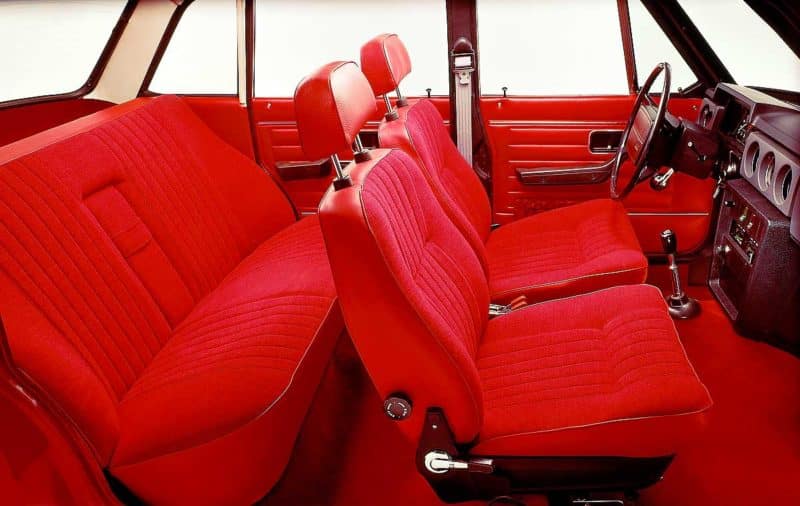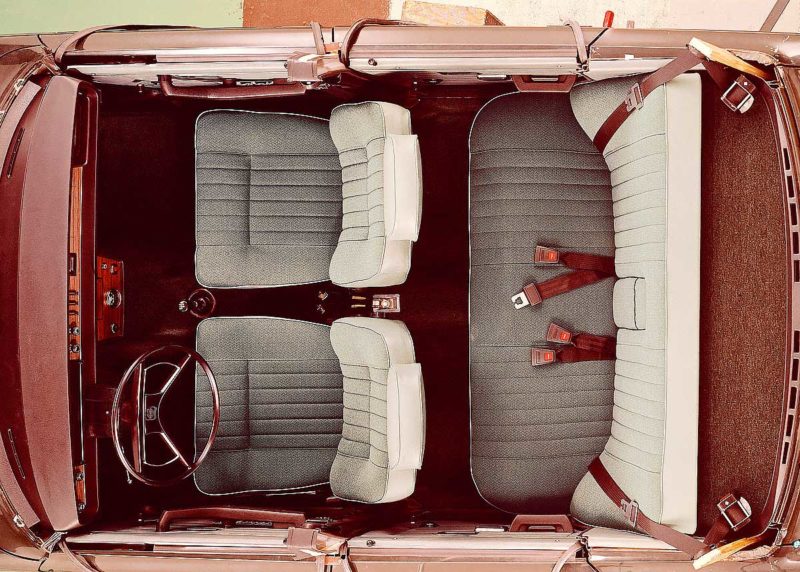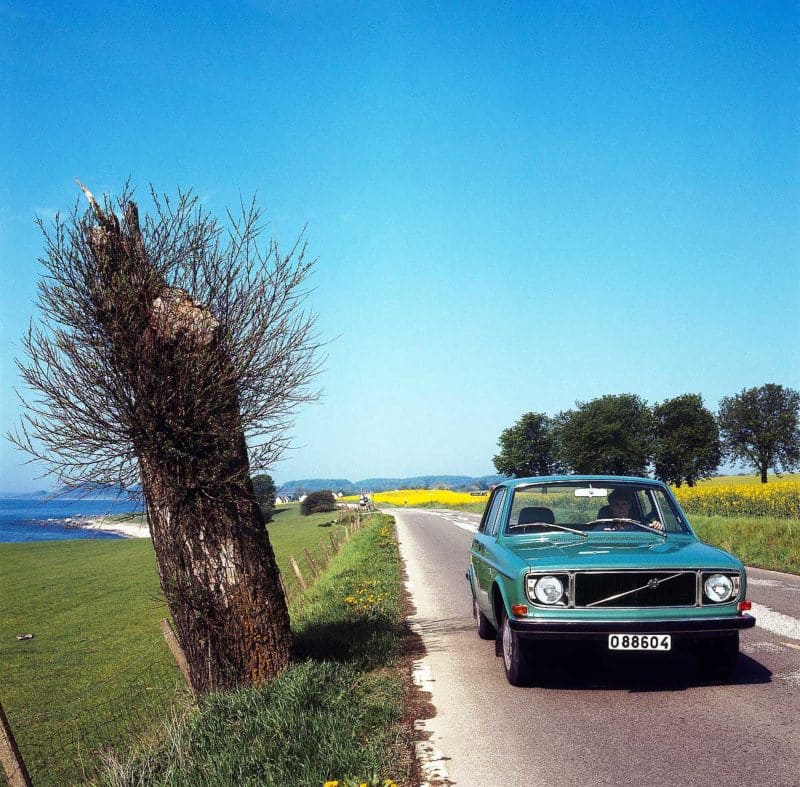The development of the Volvo 140 series, which started in 1960, was a milestone in the history of the Swedish car brand. Introduced in August 1966, the series was not only a sequel to the popular Amazon, but also a revolution in security and design.
The project, internally referred to as P660, was led by designer Jan Wilsgaard. The cars were notable for their timeless, square design, which would become a key feature of the brand. But what really set the 140 Series apart was its advanced safety features.
The Volvo 144, the first model in the series, was equipped with a three-circuit braking system, four disc brakes all round, three-point seat belts, a safety steering column and a robust safety cage. These innovations later became standard in the automotive industry. The car's dual heating system was also unique for the time.
The 140 series was further expanded with the two-door 142 and station wagon 145, which contributed to the acceptance of station wagons as lifestyle cars. The first models of the 145 had split rear side windows, but from 1970 these were replaced by a single piece of glass.
Continuous improvements to the 140 Series include the introduction of the B20A and B20B engines, which replaced the older B18 versions, and the addition of rear headrests and three-point seat belts for extra safety. The series was divided into L, DL and GL trim levels, with the latter two getting an updated look and more luxury.
The 140 series also had a GT version, with sporty accessories, and the 145 Express, a version with a higher roof. The B20 engine was injected and further developed to meet the emission standards of the US market.
The 140 series underwent a major redesign in 1973, with plastic bumpers, a new grille with larger turn signals, rear lights that were later used on the 240 series, and a new dashboard with round clocks. The reinforcement bars in the doors were a first for Volvo.
More changes were made in the last model year, especially in the field of safety. There were light failure warning indicators, optional headlamp wipers, large shock-absorbing bumpers, and a repositioned fuel tank for better rear impact protection. The ventilation windows in the front doors were dropped because the ventilation system had been improved again.
The 140 series was replaced in 1974 by the 240 series, which continued the development of the 140 series and did not go out of production until 1993. The 140 series pioneered safety and design and remains one of Volvo's most iconic series, with a total of 1.205.111 units produced. It is a wonderful example of Volvo's tenacity to continuously improve and develop a concept that has been strong from the start.
| Property | Details |
|---|---|
| Model | Volvo 144 |
| Introduction year | 1966 |
| Designer | John Wilsgaard |
| Design | Timeless box design |
| Safety provisions | Three-circuit braking system, four disc brakes all around, three-point seat belts, safety steering column, safety cage |
| Heating System | Double heating system |
| Chassis | Independently suspended front wheels, rigid rear axle, longitudinal arms, Panhard rod |
| Engine options | B18A, B18B, B20A, B20B, B20E |
| Versions | 144, 142, 145, 145 Express, 142GT |
| Production number | 1.205.111 copies |
















The 140 series was the transition from the round Bolle Volvos (P1800-Amazon-Katback) to the square models.
It is a timeless car. And how well-known they were in the streets. For about 14X I invariably turned my neck so that I could see him. The sound of those engines still rings in my ears. Nice article again!